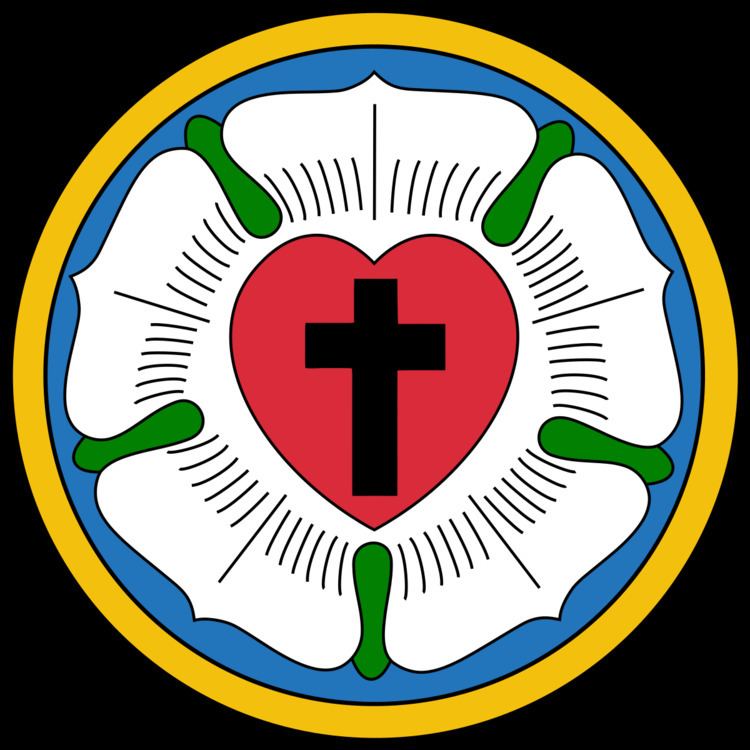 | ||
The invisible church or church invisible is a theological concept of an "invisible" body of the elect who are known only to God, in contrast to the "visible church"—that is, the institutional body on earth which preaches the gospel and administers the sacraments. Every member of the invisible church is saved, while the visible church contains some individuals who are saved and others who are unsaved. According to this view, Bible passages such as Matthew 7:21-27, Matthew 13:24-30, and Matthew 24:29-51 speak about this distinction.
This concept has been attributed to St Augustine of Hippo as part of his refutation of the Donatist sect. He was strongly influenced by the Platonist belief that true reality is invisible and that, if the visible reflects the invisible, it does so only partially and imperfectly (see Theory of Forms). Others question whether Augustine really held to some form of an "invisible true Church" concept.
The concept was insisted upon during the Protestant reformation as a way of distinguishing between the "visible" Roman Catholic Church, which according to the Reformers was corrupt, and those within it who truly believe, as well as true believers within their own denominations. John Calvin described the church invisible as "that which is actually in God's presence, into which no persons are received but those who are children of God by grace of adoption and true members of Christ by sanctification of the Holy Spirit... [it] includes not only the saints presently living on earth, but all the elect from the beginning of the world." He continues in contrasting this church with the church scattered throughout the world. "In this church there is a very large mixture of hypocrites, who have nothing of Christ but the name and outward appearance..." (Institutes 4.1.7)
Pietism later took this a step further, with its formulation of ecclesiolae in ecclesia ("little churches within the church").
Roman Catholic theology, reacting against the Protestant concept of an invisible Church, emphasized the visible aspect of the Church founded by Christ, but in the twentieth century placed more stress on the interior life of the Church as a supernatural organism, identifying the Church, as in the encyclical Mystici corporis Christi of Pope Pius XII, with the Mystical Body of Christ. In Catholic doctrine, the one true Church is the visible society founded by Christ, namely, the Catholic Church under the global jurisdiction of the bishop of Rome.
This encyclical rejected two extreme views of the Church:
Although the juridical principles, on which the Church rests and is established, derive from the divine constitution given to it by Christ and contribute to the attaining of its supernatural end, nevertheless that which lifts the Society of Christians far above the whole natural order is the Spirit of our Redeemer who penetrates and fills every part of the Church.
Although the juridical principles, on which the Church rests and is established, derive from the divine constitution given to it by Christ and contribute to the attaining of its supernatural end, nevertheless that which lifts the Society of Christians far above the whole natural order is the Spirit of our Redeemer who penetrates and fills every part of the Church.
Eastern Orthodox theologian Vladimir Lossky too characterizes as a "Nestorian ecclesiology" that which would "divide the Church into distinct beings: on the one hand a heavenly and invisible Church, alone true and absolute; on the other, the earthly Church (or rather 'the churches'), imperfect and relative".
